There is a very slim chance to find a woman who doesn’t love mehendi. These drawings on hands and feet have taken a form of art that is intertwined with our culture and traditions. The deep, dark brown or red designs on the hands and feet complete the bridal look. As time passed by, the mehendi ceremony became an elaborate tradition when brides and women in the house adorned their hands to be prepared for the upcoming wedding ceremony. It’s a fun gathering of women where they laugh, and connect and the bride gets a chance to relax and rejuvenate.
While there are endless marriage mehendi designs available, only a few hold the power to win hearts. Here is a complete list of all the beautiful mehendi designs that brides must consider before choosing a design:
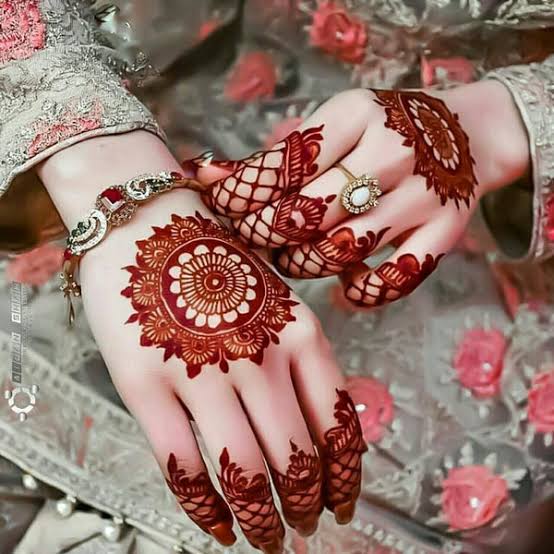
Types of Mehendi Designs
1. Indian Mehendi Designs
Indian Mehendi designs are characterized by their detailed and intricate patterns. They often include motifs such as paisleys, florals, peacocks, and depictions of gods and goddesses. A hallmark of Indian Mehendi is the heavy coverage of the hands and feet, leaving little to no empty space. Bridal Mehendi in India is particularly elaborate, sometimes featuring portraits of the bride and groom within the design.

2. Arabic Mehendi Designs
Arabic Mehendi designs are known for their bold and flowing patterns. Unlike Indian designs, they tend to be more spaced out, featuring floral and vine patterns that trail along the hands and arms in a delicate manner. These designs are relatively simpler and are preferred for casual and festive occasions due to their elegant and quick application
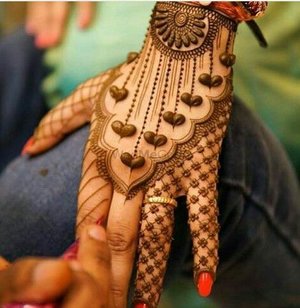
3. Pakistani Mehendi Designs
Pakistani Mehendi designs combine elements from both Indian and Arabic styles. They are often intricate yet spaced out, incorporating floral patterns, domes, and geometric shapes. These designs are popular among brides and are often adorned with glitter and embellishments to enhance their appeal.

4. Moroccan Mehendi Designs
Moroccan Mehendi designs are inspired by tribal art and include geometric patterns, symmetrical lines, and abstract motifs. Unlike traditional floral Mehendi, Moroccan designs focus on bold lines and shapes, giving a unique and contemporary touch to Mehendi art.

5. Western & Contemporary Mehendi Designs
With the increasing popularity of Mehendi worldwide, contemporary designs have emerged, blending traditional elements with modern aesthetics. Western Mehendi often includes mandalas, minimalist patterns, and trendy motifs such as dreamcatchers, butterflies, and celestial symbols. Temporary white henna and glitter Mehendi have also gained popularity as fashion statements.
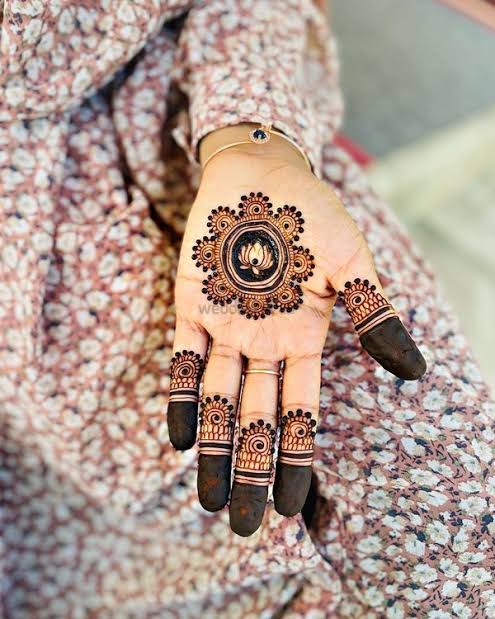
6.Significance of Mehendi in Weddings and Festivals
Mehendi holds a special place in weddings, particularly in Indian, Pakistani, and Middle Eastern cultures. A dedicated Mehendi ceremony is conducted before the wedding, where the bride and other women in the family get their hands and feet adorned with beautiful designs. It is believed that the darker the Mehendi stain, the stronger the bond between the bride and groom.
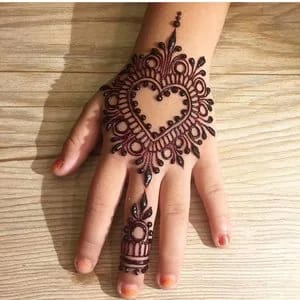
7.Modern Trends in Mehendi Designs
As Mehendi continues to evolve, new trends and styles have emerged, catering to diverse tastes and preferences. Some of the latest trends include:
- Minimalist Mehendi: Simple and elegant patterns that focus on subtle beauty rather than elaborate details.
- Tattoo Style Mehendi: A modern take on Mehendi that resembles tattoo art, often in black or white henna.
- Glitter & Colored Mehendi: Using glitters and colored henna to create vibrant and eye-catching designs.
- Personalized Mehendi: Brides now opt for personalized Mehendi that includes their love story, wedding date, or initials of the couple.
- 3D Mehendi: A technique that gives a raised effect to the design, making it look more artistic and intricate.
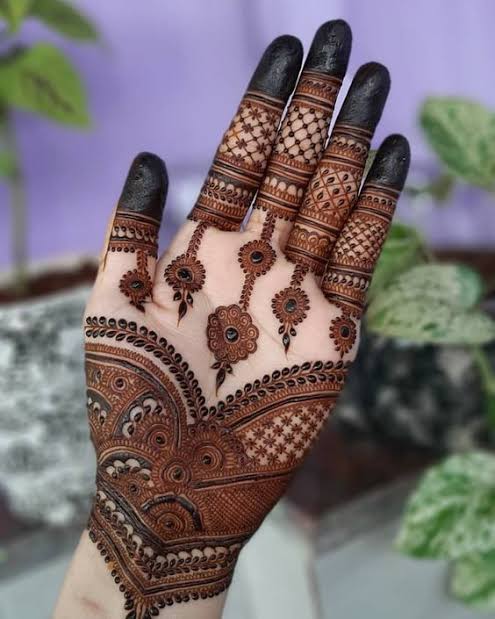
8.Gota Patti Inspired
While gota patti designs are popular clothing embroidery, it’s also safe to welcome the same level of elegance and grace of gota patti into your Mehendi design.

9.Bridal Veil Patterns
Mimic the delicate patterns of a bridal veil in Mehendi designs that exude grace and femininity.

10.Tips for Long-Lasting Mehendi Stain
To achieve a deep and long-lasting Mehendi stain, follow these tips:
- Use Fresh Henna: Freshly prepared henna paste provides the best color. Avoid using store-bought cones with artificial additives.
- Leave It on for Longer: The longer the paste stays on the skin, the deeper the stain. Ideally, keep it for 6-8 hours.
- Avoid Water: Do not wash the dried Mehendi with water immediately. Instead, scrape it off and apply lemon and sugar mixture to enhance the stain.
- Apply Heat: Warming the Mehendi with steam or keeping hands near a heat source helps in darkening the stain.
- Use Natural Oils: Applying mustard or coconut oil after removing the Mehendi can help in deepening the color and maintaining the stain longer.
Mehendi is more than just body art; it is a symbol of tradition, beauty, and celebration. From ancient civilizations to modern trends, Mehendi continues to captivate people worldwide with its intricate patterns and deep cultural significance. Whether for weddings, festivals, or fashion, Mehendi remains a cherished form of self-expression, uniting people through its timeless artistry.
